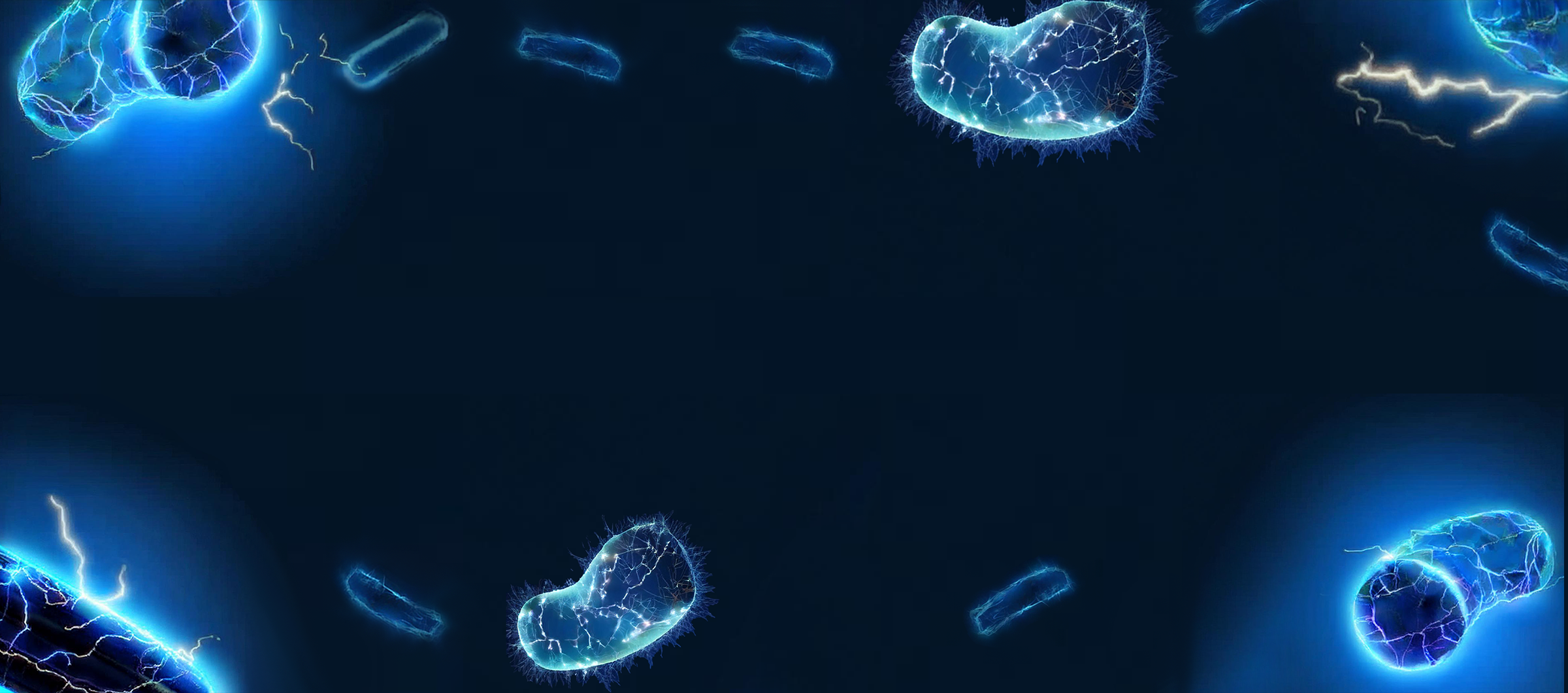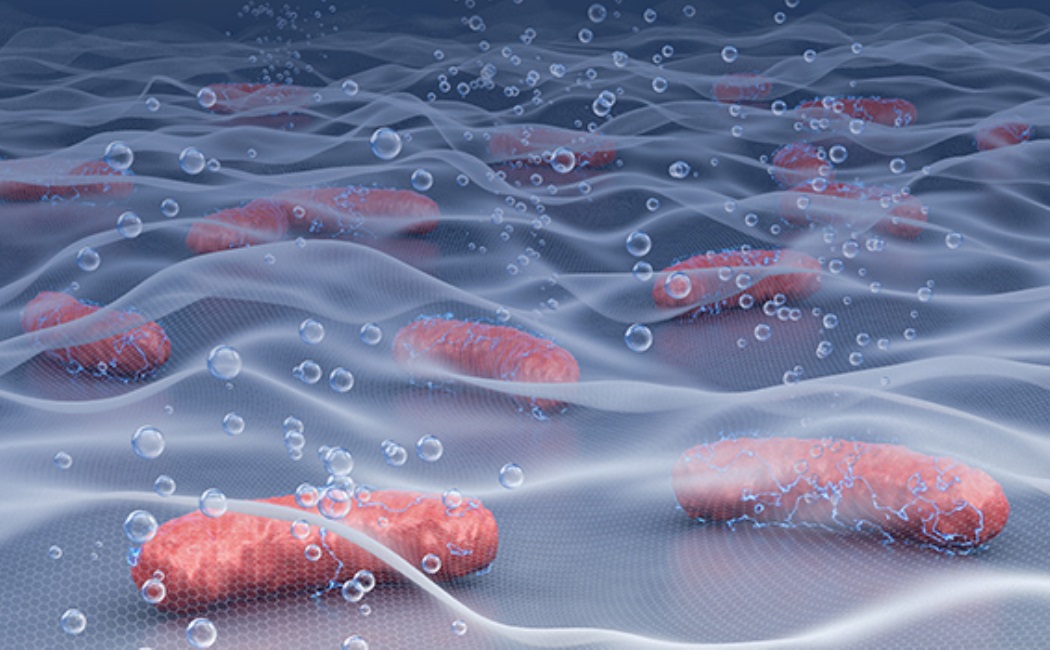KAUST researchers, led by Prof Pascal Saikaly have crafted a microbe-decorated reduced graphene oxide that catalyzes the oxygen-evolution reaction more efficiently than precious-metal alternatives, offering a greener route to store renewable energy as hydrogen fuel.
“The elements contributed by the bacterium transformed the catalytically inert graphene into a highly electrocatalytic one,” says Shafeer Kalathil.
Mixing the electric bacterium Geobacter sulfurreducens with graphene oxide under oxygen-free conditions bio-dopes the carbon sheet with iron, copper and sulfur—turning it into a high-performance electrocatalyst without harsh chemicals or high heat. The team is now scaling the process and designing biohybrids for hydrogen-evolution and CO₂-reduction reactions, pointing to inexpensive, eco-friendly catalysts for a clean-energy future.

